Epic Battles
by
Historical Games Studio
This is a write up about the first game in the Epic Battles system by Donato Maglionico. The game and system looks to be a good one. It looks to be small enough for anyone to play and yet deep enough for us grognards.
I have been playing at the historical simulation games and wargames since when I was a teenager.
I have been one of the founder of "Alea Iacta Est" a historical magazine which included a wargame designed by me.
It has been the first Italian magazine that wrote about history and wargame. The wargames in AIE had carboard counters with rules also in English.
Epic Battles project was born from the wish to create a game system which can work well for any historical ages.
I made a great research work on historical sources studying books on tactics and military manuals written by both antique and contemporary authors.
I hoped to publish Epic Battles earlier, but the pandemic has been dramatically slowing down my plans and I had to weave again relationship with suppliers trying to handle the increasing costs of the raw materials.
Now Epic Battles prototype is ready and I hope to make it come true by way of crowdfunding that is going to start on kickstarter.
The official presentation at the Kursaal Center conference hall, San Marino May 6th 2023.
Epic Battles is the only wargaming rulebook that makes it possible to relive all the great battles fought from the dawn of history up to the beginning of the XX century, incorporating the development of tactics and weaponry throughout more than five thousand years of history.
In fact, the tactics the players will need to use to win the game are remarkably well aligned with the historical progress and limitations of the Armies that have written the course of history and with the terrain features of the battlefields on which they fought.
The rules - innovative to the world of wargaming - are intuitive, and easy to learn, understand and play - making any battle both a new and engaging experience.
 |
| Fornovo 1495 |
Setting up a game of Epic battles is really easy!
First of all, you have to select the battle you want to play from the historical booklet choosing one among the four proposals of Renaissance age.
The Scenarios’ booklet contains a short description of the historical background which the events took place. Each scenario also includes few special rules, provides the victory conditions, how setting up the terrain configurations on the map and how deploying the armies on the battlefield.
Once you assemble the game map, place on it the tiles that define the features terrain and, finally, deploy the armies. Now you are ready to start the battle.
In the volume of this wargame boxset, you are the Condottiero who has to lead his Renaissance army at the victory.
 |
| Close Combat |
In Epic Battles you have to lead your army at the victory forcing the opponent's army at the withdrawal.
The core of your army is composed of combat units differentiated according to the tactical purpose they were used for and characterized by strength, combat value, morale, armour and manoeuvrability. In addition, some combat units may have superior skill to the average ones in the same class. This due to the specific training they have acquired.
Combat units sustain the bulk of the fighting, sometime they are asked to maintain a strategic position or, in others, to gain ground by pushing back the enemy.
They are organized in groups led by generals and typically they can move just by receiving orders from them. There are leaders who controls the units hierarchically and others who controls them directly, because there is not lower ranking general in their chain of command who can issue orders to that group of combat units. The geometrical shape and the colour strip on the counters of the combat units and leaders identify the group they belong to.
Information markers on the plastic stands of the game counters give the status of the combat units as well as the cohesion of the combat groups. Losses in the combat units strength also cause the reduction of the cohesion of the group they belong to.
You win as soon as a number of combat groups of the enemy army disband due to the casualties the combat units have suffered during the battle.
 |
| Scenario Booklet |
Each game turn is divided in phases. Each phase may be divided in actions, or it may contain interrupts of the inactive player. Whenever a phase or action cannot be executed will be simply jumped.
Each game turn follows the following sequence:
1. Initiative
The players establish who has the initiative in that turn of game. Overall Commanders with the best command capability have higher probability to gain the initiative.
2. Number of orders available for each leader
The players roll the dice for the eligible Generals to determine the number of orders that each of them can issue. The number of orders a leader can issue in a game turn depends from his command capability. There are seven classes of command capability that go from incompetent general (the lowest) up to the legendary (the highest).
3. Spontaneous movements
The commanders inside the unit might issue an order as their personal initiative before a superior order comes. This represents the instinctive reaction of the combat unit due to the training received and it is triggered from something occurs on the battlefield.
Units that have moved as result of a sudden impulse without premeditation cannot move again neither if they receive orders from their generals.
For example, a colonel who lead an infantry line battalion could decide to deploy his men in square to resist at the incoming cavalry charge.
4. Command Activations and orders
The player who has gained the initiative decides if they want to activate one of own generals or letting that his opponent to do it. From that moment on, the two players take turn in the leaders’ activation up to all the generals have no more orders to issue.
The command activation starts when the activated leader issues an order and it ends as soon as the order is performed by the combat units.
The generals issue orders to the units moving them on the battlefield to engage the enemy. Combat units that have been charged from enemy might evade the charge if they are able to do it.
During the activation of a player, his opponent might try to steal the initiative to activate his general in his place.
5. Ranged Attack
The combat units equipped by ranged weapons that are not involved in a melee may target the enemy at distance or they might try to stop the enemy charge against them by the last volley of their weapons.
The effectiveness of attack depends from the ranged weapons of the attacking unit and from the protection of the target.
Each ranged weapon is characterized by rate of fire and piercing power. Higher is the rate of fire greater are the number of projectiles that reach the target while better is the piercing power better are the possibility to damage the target one time hit.
The morale of the combat units that are exposed for a long time to a ranged attack could be compromised and there is the risk that it could break down suddenly.
6. Disengagement from the combat
The combat units may try to disengage from a melee combat where they are involved if they are faster than those enemy.
In this way, the light units that have moved close to the enemy to harass it by using long range weapons might attempt to avoid staying engaged in close combat whereas, heavy units involved in close quarters combat after attacking might decide to withdraw in order to crash with the enemy later in a series of violent waves.
7. Melee combat
The combats among the units will be resolved by area.
Once that has been defined the combat units engaged in a melee area each combat unit attacks only one enemy although it can defend from any attack.
Combat units that are charged might try to stop the enemy charge against them by the last volley of their long range weapons with the risk, in this case, to be unprepared at the close combat if they do not have success.
The players identify if there are combat units that gain the impetus of the charge or which of them have a tactical factor superiority due to the effectiveness of the opposite weapons systems. Finally, the players establish how the terrain conditions the melee combat and if there are other tactical condition that affect the combat resolution.
The combat units that have lost the area might be forced to do the cohesion test running the risk, if they fail, to retreat from the enemy.
The combat units that have won the melee might pursue the retreating enemy giving rise to a new fight that has to be resolved immediately.
The results on the involved combat units become effective as soon as all the foreseen actions in a melee area are solved. The combat phase ends when all the melee areas have been solved.
8. Reorganization, regroup and reorder
The units that have received an order of reorganization or regrouping might respectively recover their harmed morale or the ones in rout might try to rise their broken spirit coming back in fight. The eligible units recover a disorder point.
9. Update the time marker
The turn is over. The players move the time marker forward of 15 minutes.
 |
| Game Turn From The Battle of Fornovo |
The game box includes:
• Epic Battles Rulebook©, the only game system to live again all the historical battles up to the beginning of XX century. Cover artwork by Giuseppe Rava.
• Scenario Booklet contains all you needed to play out four battles of the Italian Wars: Fornovo 1495, Agnadello 1509, Pavia 1525, Ceresole d’Alba 1544. Cover artwork by Paolo Maria Taddei.
• 93x65cm full-colour modular battlefield map. Hexagonal grid side 2 cm
• full colour terrain tiles to ricreate the historical battlefield
• 199 full colour counters printed on both side (6,5x3,2cm). Generals portraits - Artworks by Paolo Maria Taddei. Warriors portraits - Artworks by Giorgio Albertini
• Information markers (1,1x1,1cm)
• full colour summary tables (Two folding out cardboards - 5 papers each)
• 50 plastic stands for counters in two colours
• Time marker to mark the game turn.
• 10 Dice.
The Epic Battles map consists of a 24x18 hexes grid, it has been designed in modular blocks easy to assemble in order that even the huge battlefields could be obtained when the future expansions will come out.
Over the map the players will place the configurations tiles in order to define the terrain features where the battle was fought.
Epic Battles is the only rule system that makes it possible to live again the great battles of history, incorporating the development of the tactics and weaponry up to the beginning of the XX century.
Scenario booklet contains a short description of the historical background which the events took place as well an overview of the type of warriors who fought the Italian Wars. Each of the four proposed scenario includes few special rules in addition to how to set up the battlefield and deploying on it the armies.
Summary tables contain a short description of all the procedures used in the game making unnecessary to consult the rulebook every time. Indeed, the information you can find on them help the players in all the main phases of a turn making the game easier and faster.
 |
| Venetian Cavalry |
The cardboard counters are printed on both sides, one side represents the front of the combat unit while the other is its back. In this way it gets a more realistic scene of the fighting on the battlefield and it is easy to identify the front from the rear of each unit. Put the counter into the base so that the picture portraying the front side is aligned with the vertical side of the base while its back with the oblique base side. The oblique side of the plastic stand is used to carry the information regarding the current status of the combat units (their current strength and attrition points collected in the fightings) or the cohesion points of the combat group which that leader identifies.
The clock marks the historical time passing during the battle. Each game turn covers 15 minutes of real time. The scenario reports the time when the battle starts and ends.
 |
The first box set includes everything necessary to play four battles from the Italian Wars where the players put themselves in the shoes of the famous Condottieri who led their armies into the Italian battlefields during the Renaissance era. The four scenarios are the battles of Fornovo 1495, Agnadello 1509, Pavia 1525 and Ceresole D'Alba 1544.
The journey does not end there!
We have many other ideas to make this game even more remarkable and all this thanks to Epic Battles rulebook that is the unique framework of rules that covers five thousand years of history. One history, one rulebook to play the history!
Beside the initial box set, new scenarios will come that cover further historical eras. You could unleash the war chariots of the first civilizations or be at the head of the triumphant Roman legions. Moving forward in the time, you could order to your feudal knights to sweep out the enemy army or, why not, you could put the shoes of a Lieutenant Generals of the Napoleonic Wars who is in command of an Infantry Corps appointed to storm the enemy lines.
All these historical moments and even more can be simulated because Epic Battles rulebook allows to do that.
Soon the upcoming releases will allow to the players diving into the battlefields of all the ages and the next expansions will make to live again the greatest battles of the history as well. Indeed, the Epic Battles battlefield is modular, this allows to cover even the hugest battles just using more map tiles.
Stay tuned, the Epic Battles of the history are just started!
Pavia,"All is lost save Honor" I cannot wait.
Historical Games Studio:









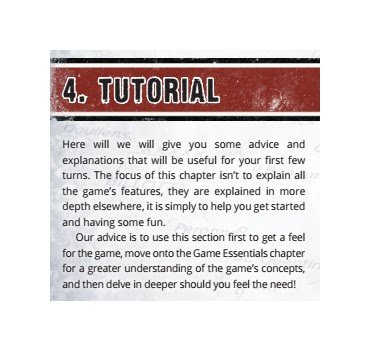
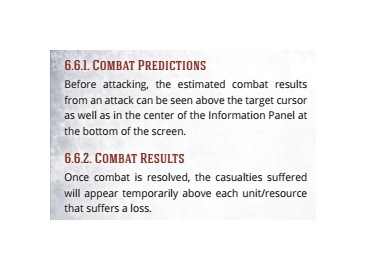







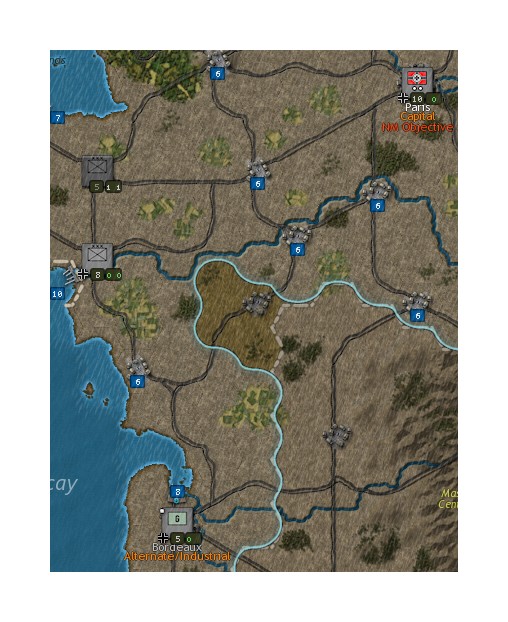


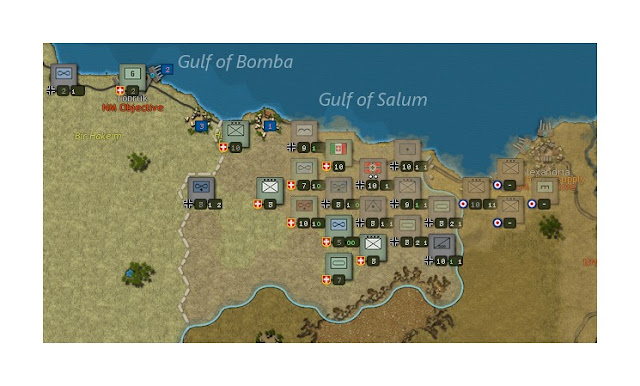

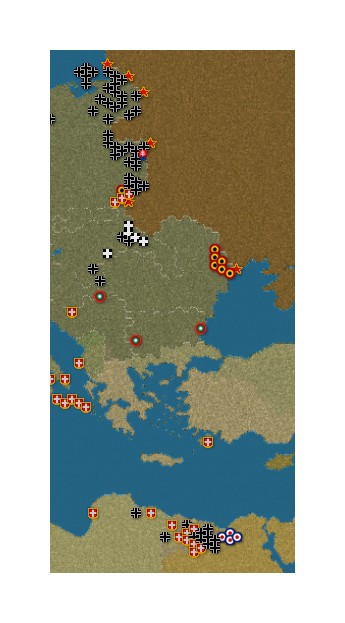
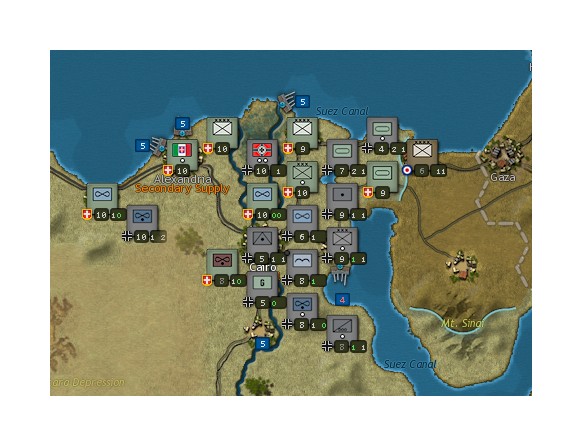
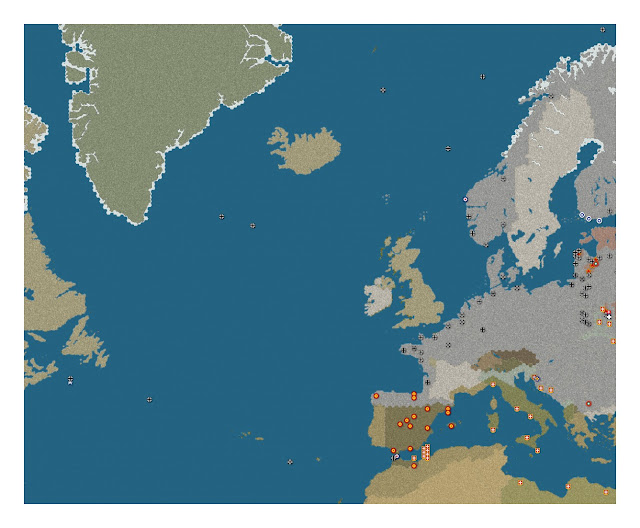
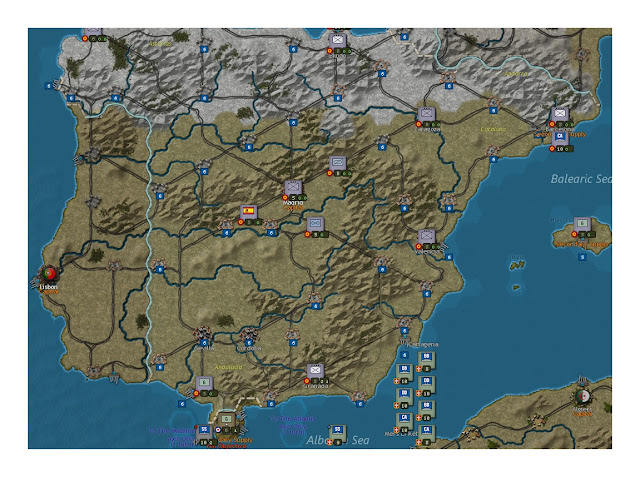




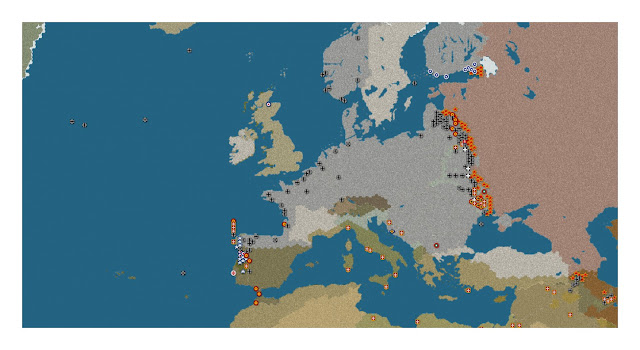
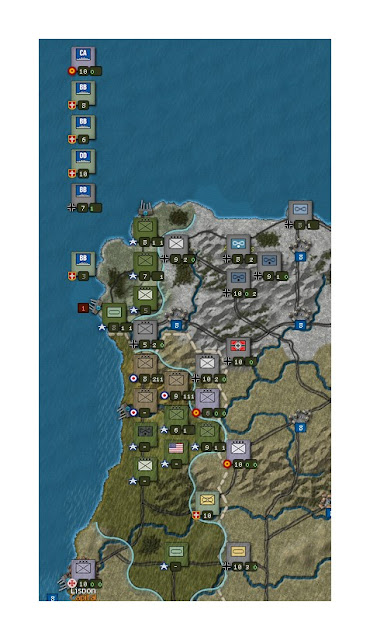

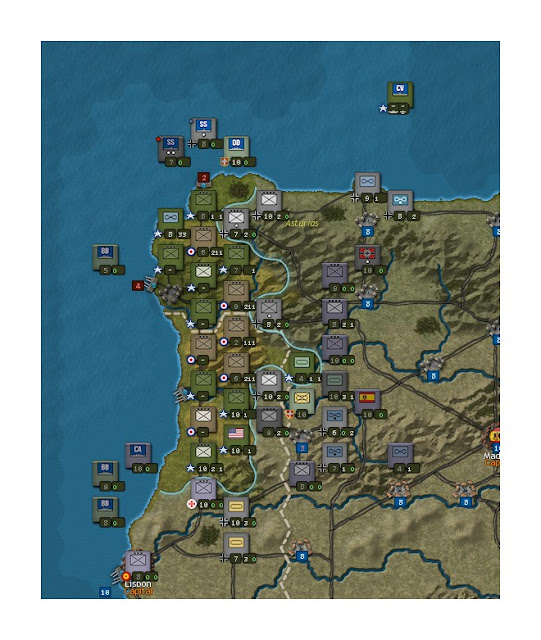

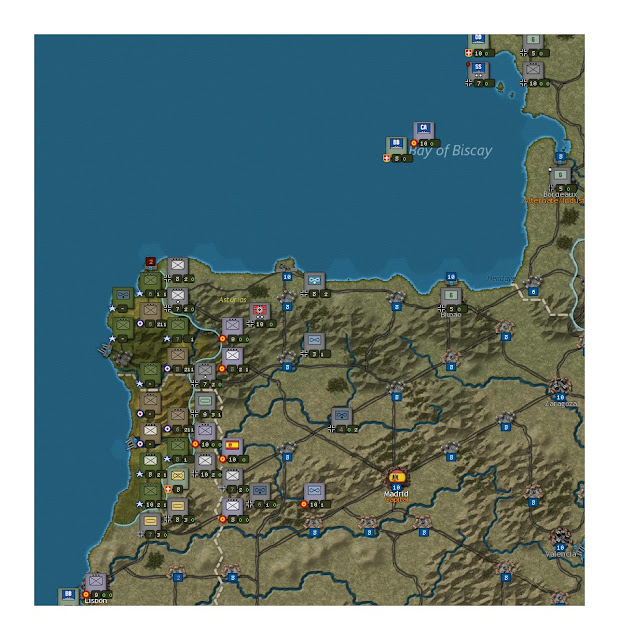
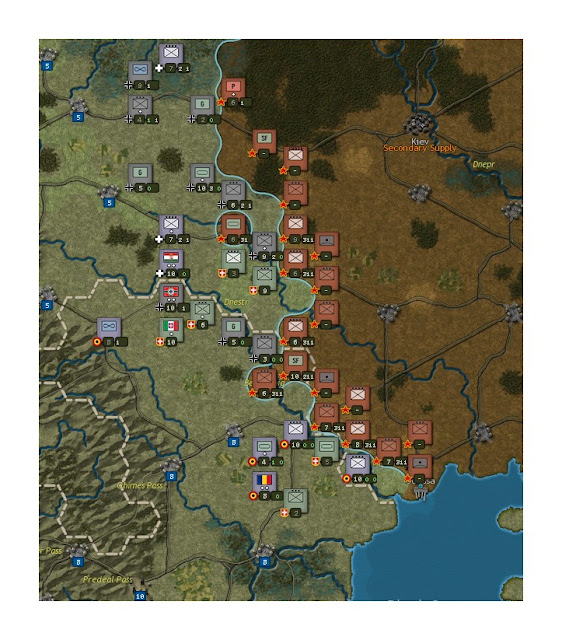



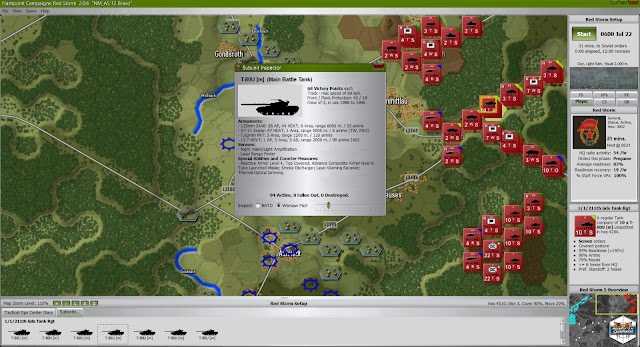









Follow Us